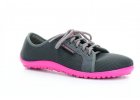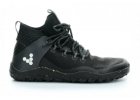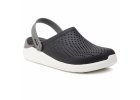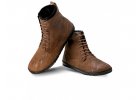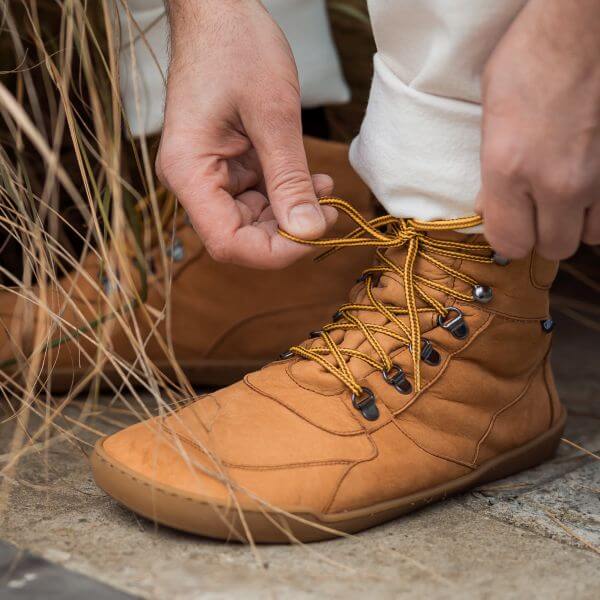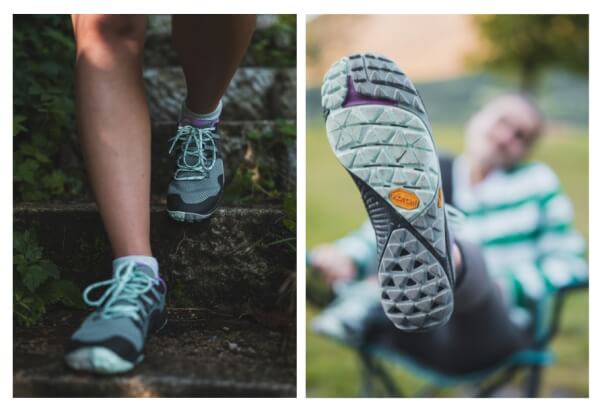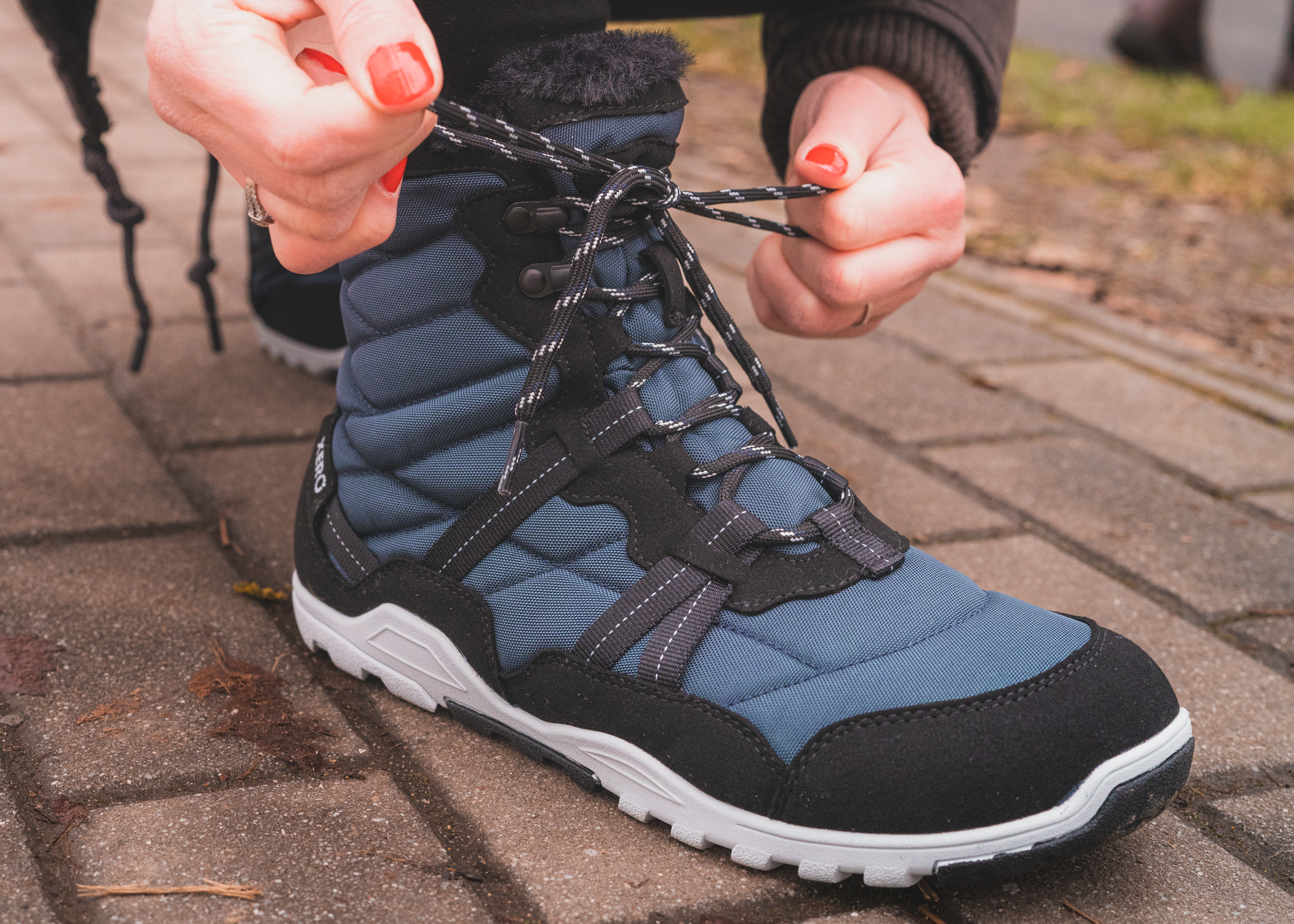In an earlier article, we discussed how to walk properly, but we must not forget the long hours we spend sitting or standing. Improper posture can cause significant harm to our musculoskeletal system. Let's take a closer look at how to sit and stand properly.
Article content
- How to recognize the correct posture?
- The right posture
- How to sit properly?
- Stretching exercises for the office
- Final summary
How to recognize the correct posture?
Pay attention to your body - what is it telling you? Are you experiencing back or spinal pain? Are your knees, hips, ankles, or other joints giving you trouble? Correct posture is natural, requires minimal effort, and causes no pain. Try sitting or standing still for a while and focus on whether any part of your body is sending you signals that it is overworking itself.
Conscious reflection
Don't rely on someone telling you the exact position to stand in (although this can be a good starting point, see below). Feel whether you are 100% comfortable in the position. If not, try moving your body slightly and reassess.
In the beginning, you can practice this technique, for example, before falling asleep in bed, when you find the optimal sleeping position for your body, in which it relaxes and all your muscles rest. Then, apply it to your active life, where you try to regularly become aware of your current physical sensations and adjust your posture accordingly.
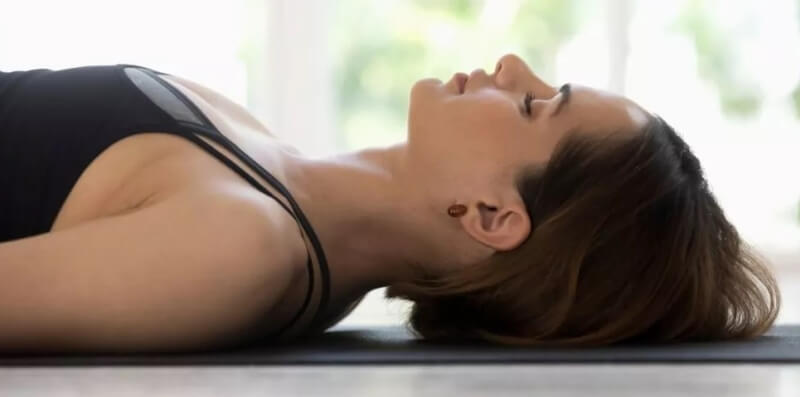
(Image source: Propel Physiotherapy)
The right posture
Check your posture in front of a mirror:
- legs straddling the width of the pelvis, weight evenly distributed on both legs
- feet with toes pointing straight ahead, toes in a fan, weight spread over the whole sole
- knees slightly bent
- pelvis in a neutral position (neither tilting the pelvis forward nor backward)
- abdomen tightened by strengthening the internal muscles
- push the shoulders down towards the floor and slightly backward and sideways (do not bring the shoulder blades together, spread the wings)
- arms vertically along the body
- head erect (as if pulled upwards by a thread in the nape of the neck), chin straight, gaze forward
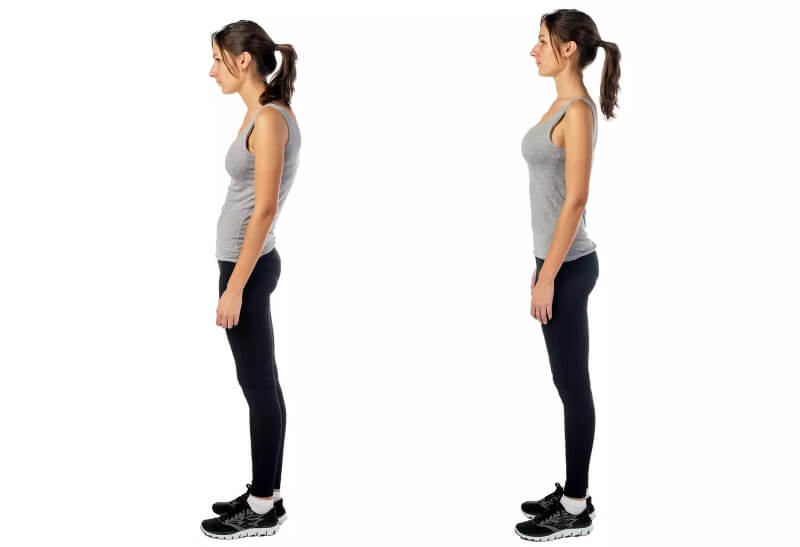
(Image source: Barkman & Smith Physical Therapy)
Barefoot shoes
The best stance is achieved completely barefoot, but in terms of footwear, you need barefoot shoes to maintain the right habits (among their features):
- with a flat sole (no high heel or raised toe) to prevent the centre of gravity from shifting out of its optimal position
- with a wide toe box in which the toes have enough space to spread out into a fan and maintain stability
How to sit properly?
Whether in an ordinary desk chair or an office chair at the computer, we need to think about our body position when sitting:
- legs apart at the width of the pelvis
- feet on the floor (or footrest, if e.g. children cannot reach)
- ankles vertically below the knees (do not bend your legs too far back or stretch forward, do not cross)
- knees slightly lower than hips (angle 95-120°)
- the thighs supported throughout their length
- straight back
- forearm parallel to the ground (90° angle to the vertical arm)
- shoulders relaxed, slightly spread wide and backward
- head is facing straight ahead (at the monitor), not down or up
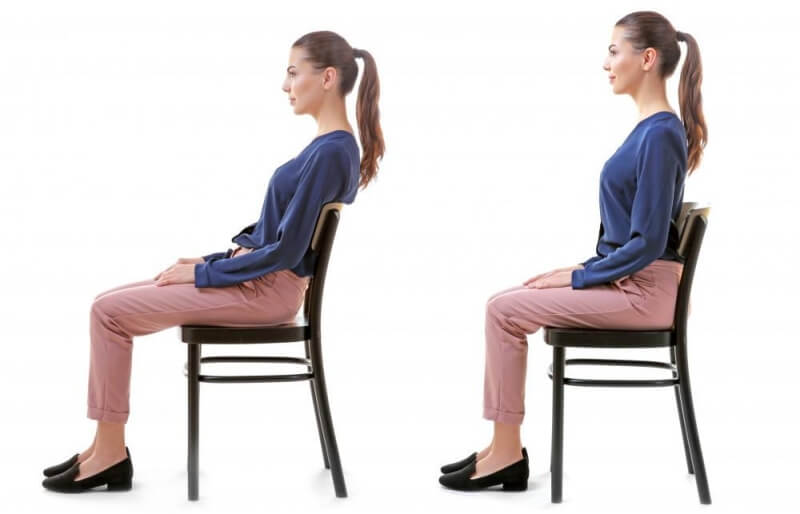
(Image source: Lifestyle Medical Center)
Ergonomic chairs
The best training for active sitting is provided by a gymnastic ball, which is not standard equipment in the home or office. We therefore recommend ergonomic chairs for the working environment, which (among other features):
- support the natural curve of the spine
- provide optimal support for the lower back
Stretching exercises for the office
After half an hour of continuous sitting, always get up for at least a 30-second break, walk a few steps, and try some of the following exercises:
- grasp the back of your head and gently stretch your neck to all four sides, get into the most comfortable position (where you feel a slight tension), and hold for a while
- keeping the body still, rotate the upright head in the neck left and right
- in the correct posture, bend at the hips, keeping the back straight and the lower half of the body still
- rotate the torso with the straight upper half of the body to the left and right
- with an exhale, hunch/collapse your back and shoulders as much as possible, then straighten and stretch them again with a deep breath
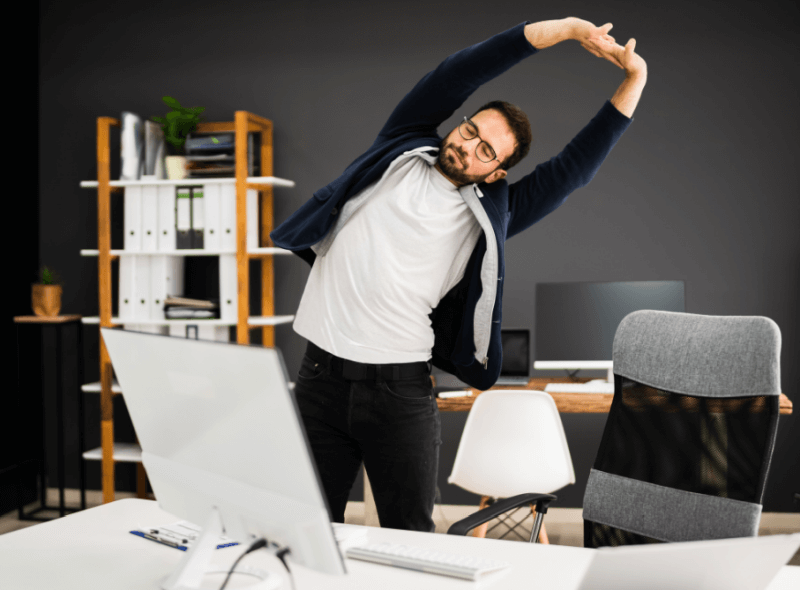
(Image source: The Physio Company)
Final summary
Not only when walking but also when standing or sitting for long periods, be aware of your posture. Respond to internal signals by finding the most comfortable position in which you do not feel pain. Intersperse sitting or standing with breaks and stretching. Wear barefoot shoes and sit on ergonomic chairs for proper support when standing.










